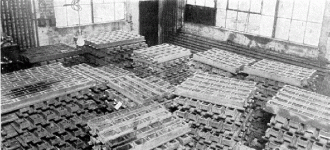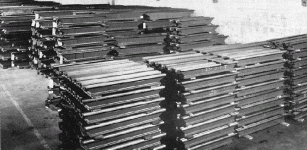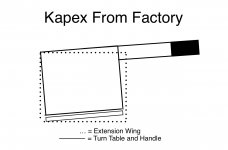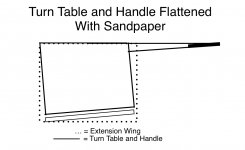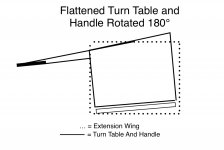Packard
Member
My experience is with injection molding and iron castings, but I think it will extend to the aluminum castings. With both iron castings and plastic molding, the molten metal/plastic has to remain in the mold for a certain amount of time before being released. If the components are released from the mold too early they will either warp, or in the case of plastics, they might shrink and or warp.
So why would a company release the parts before they are fully set? Because a faster cycle rate means more income. You have to remember that the castings are rarely done in-house. They are being done by a subcontractor. So the finished product is not as important to the vendor as it is to the manufacturer.
So if the castings are warped, maybe Festool has to find a better vendor or maybe the Festool purchasing agent insisted on too low a price and the only way the vendor could reach that price level was to shorten the casting cycle.
If it is a persistent problem, then it is a process problem. Festool needs to examine their process. Of course Festool might not consider this a problem at all. Perhaps these saws are all within prescribed tolerances. It would be interesting to find out what the flatness tolerance for these machines is.
Has anyone asked Festool that question?
So why would a company release the parts before they are fully set? Because a faster cycle rate means more income. You have to remember that the castings are rarely done in-house. They are being done by a subcontractor. So the finished product is not as important to the vendor as it is to the manufacturer.
So if the castings are warped, maybe Festool has to find a better vendor or maybe the Festool purchasing agent insisted on too low a price and the only way the vendor could reach that price level was to shorten the casting cycle.
If it is a persistent problem, then it is a process problem. Festool needs to examine their process. Of course Festool might not consider this a problem at all. Perhaps these saws are all within prescribed tolerances. It would be interesting to find out what the flatness tolerance for these machines is.
Has anyone asked Festool that question?

